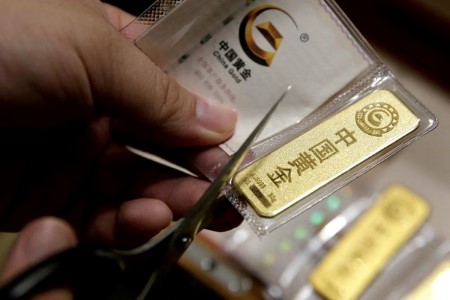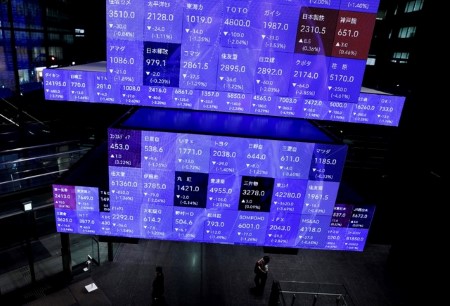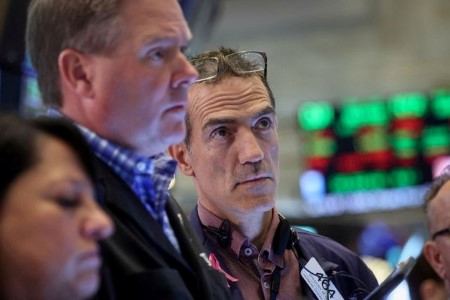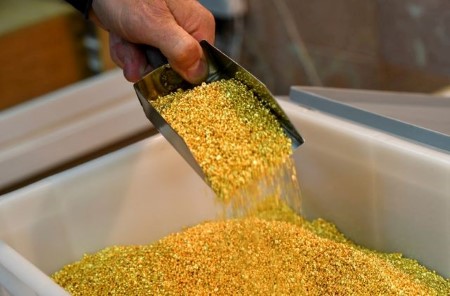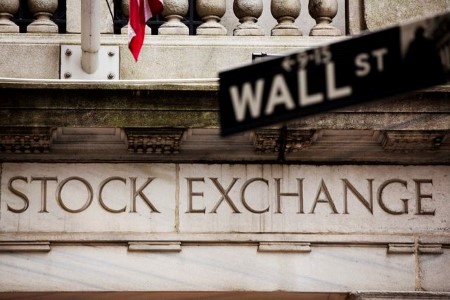BEIJING, Oct 17 – China has told state-owned banks to roll over existing local government debt with longer-term loans at lower interest rates, two sources with knowledge of the matter said, as part of Beijing’s efforts to reduce debt risks in a faltering economy.
Debt-laden municipalities represent a major risk to the world’s second-largest economy and possibly its financial stability, economists say, amid a deepening property crisis, years of over-investment in infrastructure and soaring costs to contain the COVID-19 pandemic.
Local government debt reached 92 trillion yuan (USD 12.58 trillion), or 76% of the country’s economic output in 2022, up from 62.2% in 2019.
Part of that is debt issued by local government financing vehicles (LGFVs), which cities use to raise money for infrastructure projects, often at the urging of the central government when it needs to boost economic growth. Dry coffers could make it harder for Beijing to kickstart a sputtering economic recovery.
The People’s Bank of China (PBOC) issued orders last week to major state lenders to extend terms, adjust repayment plans, and reduce interest rates of outstanding loans to LGFVs, according to the sources.
Loans that were originally due in 2024 or before will be categorized as “normal” instead of non-performing loans if overdue, and that won’t affect banks’ performance evaluations, one of the sources said. Reuters is reporting these measures for banks to defuse local debt risks for the first time.
To ensure banks do not incur heavy losses from the debt restructuring, interest rates on rolled over loans should not be below China’s Treasury bond rates, said one source, adding that loan terms should not exceed 10 years. China’s benchmark 10-year government bond is now yielding around 2.7%, while the benchmark one-year loan prime rate is 3.45%.
The two sources declined to be identified as the policies were confidential.
Despite the mounting local government fiscal mess, China’s central government has taken a cautious stance on resolving their debt issues to avoid risks of moral hazard: Investors could be encouraged to take even greater risks if they assume Beijing will always come to the rescue of local governments or state companies.
China’s deepening property crisis has added to the pressure on municipalities, with developers in no shape to buy new plots of land, traditionally a key source of local revenue. Since the sector’s debt crisis unfolded in mid-2021, companies accounting for 40% of Chinese home sales
have defaulted, most of them private developers.
The People’s Bank of China (PBOC) and the National Financial Regulatory Administration didn’t immediately reply to Reuters’ request for comments.
Major risks
China’s Politburo, a top decision-making body of the ruling Communist Party, said in late July said it would announce a basket of measures to reduce local government debt risks, but no detailed plans have been officially unveiled yet.
The central bank said it will prioritize resolving debt risks in 12 regions identified as “high risk”, including Tianjin City, Guizhou province and Guangxi province, with a focus on open market bonds and non-standard debt products due this year and next year, the sources said.
Banks are being encouraged to issue new loans to LGFVs to repay bonds and non-standard debt, the sources said.
Additionally, the PBOC will set up an emergency tool with banks to offer loans to LGFVs to solve any short-term liquidity stress, the two sources said. LGFVs will need to repay the loans within two years, a second source said.
Financial news outlet Caixin first reported the central bank’s emergency liquidity tool in August.
In the 12 high-risk regions, some local governments will need to pledge or transfer part of their stakes in local state-owned companies to banks in exchange for assistance from banks to roll over loans, the second source said.
Last year, a Chinese government financing unit in the southwestern Guizhou province extended loans worth $2.3 billion by 20 years, which adjusted interest rates to between 3% and 4.5% per year.
(Reporting by Beijing Newsroom; Editing by Simon Cameron-Moore and Kim Coghill)







 DOWNLOAD
DOWNLOAD




